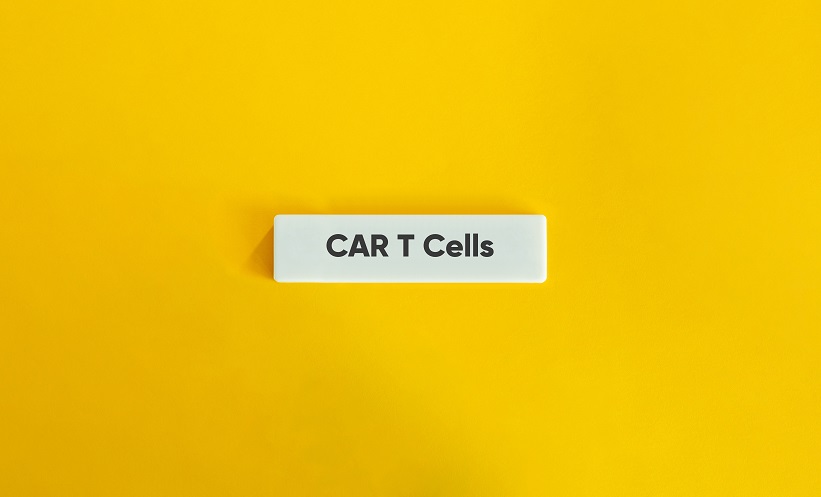Abstract
Non-transfusion-dependent thalassaemia (NTDT) is a rather broad term that encompasses a group of thalassaemia syndromes, most commonly β-thalassaemia intermedia, haemoglobin E/β-thalassemia, and α-thalassaemia intermedia (haemoglobin H disease). Importantly, these entities do not require regular blood transfusions for survival, and therefore have transfusion independence. Clinical morbidities associated with the NTDTs are the end result of the culmination of three principal pathophysiological aberrancies: ineffective erythropoiesis, chronic anaemia (and associated haemolysis), and iron overload. Such complications involve multiple organs and organ systems; hence, the importance of prompt identification of at-risk individuals and holistic management of diagnosed subjects can never be overstated. Several management options, both medical and surgical, remain at the disposal of involved clinicians, with a significant body of data favouring the virtue of iron chelation therapy, fetal haemoglobin induction, and treatment with blood transfusions, the latter only when absolutely indicated, with reservation of splenectomy to a few select cases. Yet, a better understanding of the molecular phenomena at the origin of the disease process in the NTDT syndromes calls for a pressing need to explore novel therapeutic modalities, in light of the increasing incidence of NTDT in the developed world.
Please view the full content in the pdf above.







